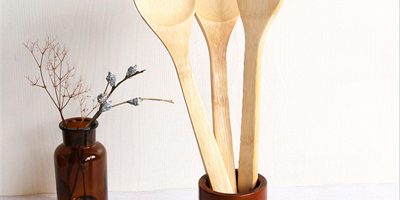The story of bamboo utensils goes beyond their functionality – it’s a tale of sustainability, craftsmanship, and mindful consumption. In this article, we take you through the journey of bamboo from the farm to your table.
Sustainable Cultivation
Bamboo is cultivated in sustainable farms where it grows rapidly without the need for extensive irrigation or chemical fertilizers. This cultivation approach ensures a minimal environmental footprint while providing a renewable source of material.
Harvesting and Crafting
Skilled artisans select mature bamboo stalks for harvesting, ensuring that younger plants continue to grow. These stalks are then carefully processed to create utensils, preserving the material’s natural strength and beauty.
Artisanal Craftsmanship
Crafting bamboo utensils requires precision and expertise. Artisans shape, carve, and polish the bamboo by hand, creating unique pieces that embody both functionality and artistry.
Packaging and Distribution
To maintain their commitment to sustainability, many bamboo utensil brands opt for eco-friendly packaging and distribution methods. This includes using minimal packaging materials and exploring carbon-neutral shipping options.
Enhancing Dining Experiences
Bamboo utensils’ journey culminates at the dining table, where they serve as vessels of sustainable consumption. By choosing these utensils, you’re participating in a cycle that supports eco-friendly practices and celebrates the beauty of natural materials.
Conclusion
The journey of bamboo utensils reflects a holistic approach to mindful consumption. From its origins in sustainable farms to its role as elegant dining tools, bamboo embodies the principles of environmental responsibility and craftsmanship.


















